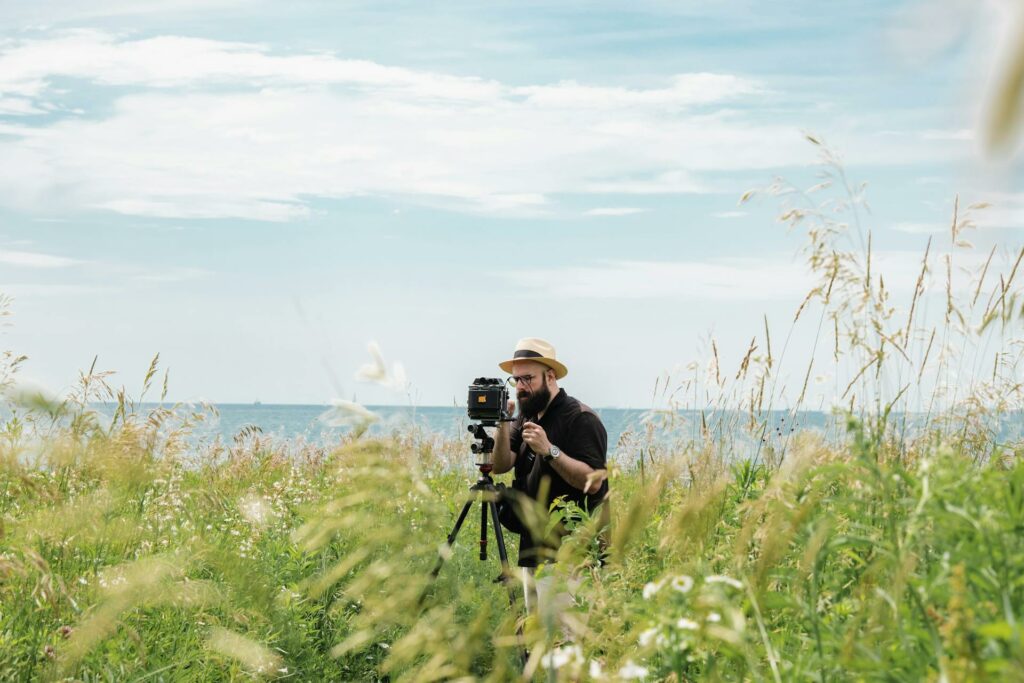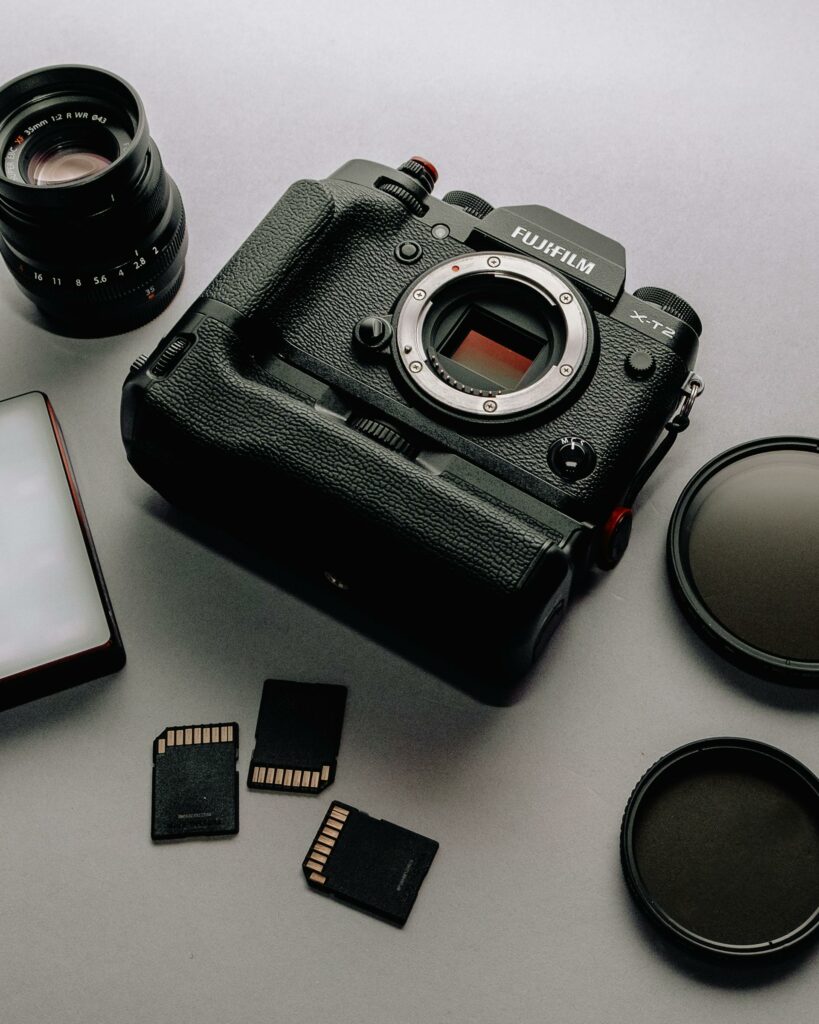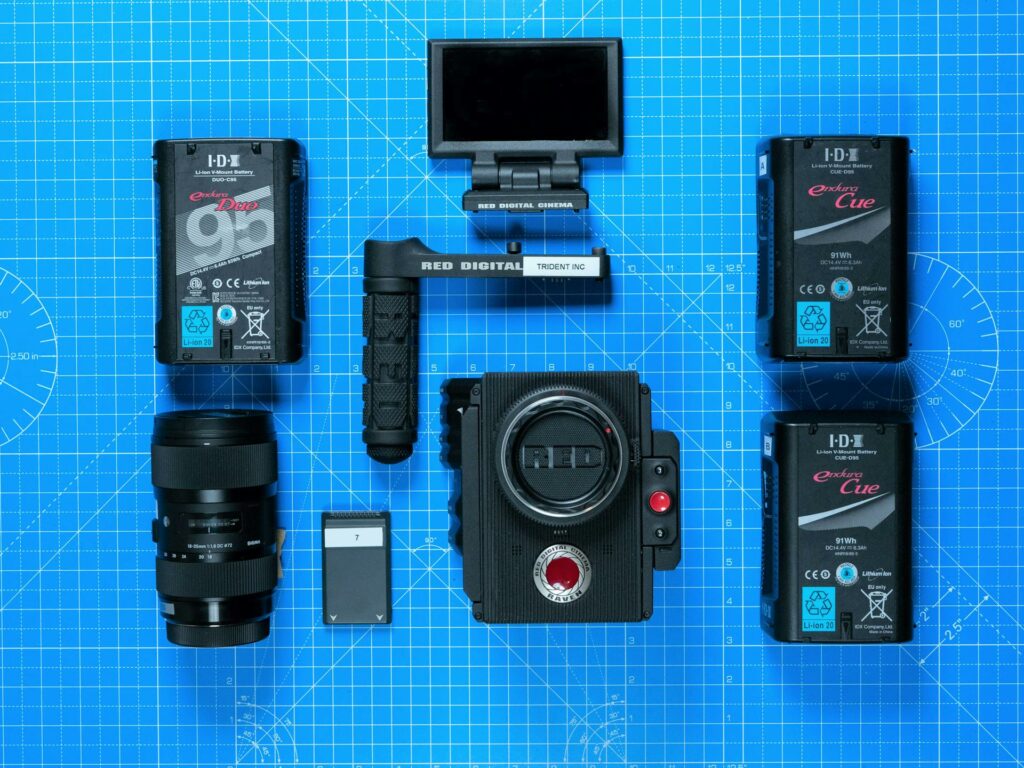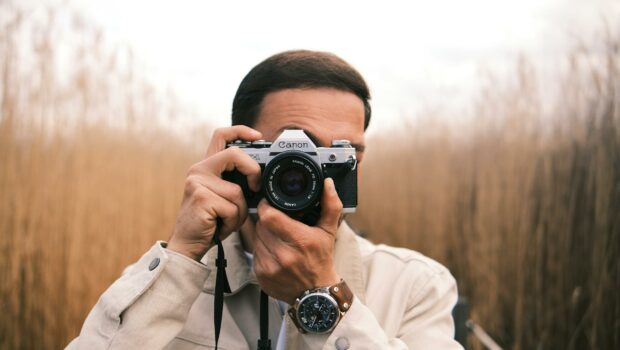Sustainable Photography: Giving Old Equipment a New Life
Photography has always been more than just a hobby. For many, it is a passion that involves considerable investment in equipment. But what should we do with cameras and lenses gathering dust in our closets? Selling used photo gear is an eco-friendly and economical solution that is becoming increasingly popular.
Every year in France, numerous cameras and lenses change hands. This trend is part of a broader movement toward responsible consumption, where second-hand purchases are viewed as thoughtful choices rather than simply budget alternatives. For photographers, it’s an opportunity to give their equipment a second life while funding new projects.
The second-hand photography market has become much more professional in recent years. Gone are the days of uncertain transactions between individuals. Today, strict processes for evaluation, verification, and warranty make the selling experience secure and transparent. This evolution meets the expectations of photographers who want to sell their gear within a trustworthy framework.

The Environmental Impact of Photographic Equipment
Electronic waste poses a major problem for our planet. Each year, vast quantities of electronic devices are discarded worldwide. Photographic equipment is no exception. A digital camera contains rare metals, plastics, and lithium batteries that can be harmful to the environment.
The technical lifespan of a digital camera depends on many factors, including usage and maintenance. However, many of these devices end up forgotten or unused while still fully functional. This premature abandonment results in a waste of valuable resources.
Manufacturing a new camera leaves a heavy ecological footprint. The extraction of raw materials, industrial processes, and global transportation all contribute to this impact. Reusing electronic equipment remains the most effective method of reducing emissions and waste.
To make selling a camera easy, specialized platforms now exist to ensure secure transactions. These services actively contribute to the circular economy, helping to reduce ecological pressure while allowing users to recover money for unused gear.
The Advantages of Extending the Life of Photo Equipment
Giving photo gear a second life offers multiple benefits. By reselling a functioning camera, you help avoid the production of a new device. Reusing electronic equipment reduces the emissions associated with manufacturing and transporting new models.

Financially, the advantages are just as clear. Amateur and professional photographers alike can recover a significant portion of their initial investment. This sum can then be used to finance new projects or to purchase gear better suited to current needs.
Some older models also enjoy strong demand among collectors. Their value often depends on rarity and condition. For example, a Leica M3 in good condition with original accessories can fetch prices higher than the average second-hand market value.
Tips for Evaluating and Preparing Your Gear for a Second Life
Before selling photo equipment, it is important to carefully check its condition. Several criteria matter: aesthetic appearance, mechanical state, and electronic functionality. Buyers are particularly attentive to shutter count for digital cameras.
Technical checks are essential before any transaction. Test all functions: focusing, exposure modes, flash, and electronic connections. For lenses, check sharpness, the absence of internal dust, and proper autofocus operation.
Documentation and original accessories can increase resale value. Keep boxes, manuals, cables, chargers, and protective covers. A complete set often sells for more than a camera alone.
Preparation Checklist for Selling
Before putting your gear up for sale, check each function. Testing buttons, dials, screens, and the battery helps avoid unpleasant surprises. Cleaning the sensor and lenses with products made for photography is also recommended.

Gathering documentation, cables, chargers, and the original box increases the appeal of the package. Photographing the equipment from different angles in natural light gives buyers a clear view of its condition. These details often make the difference in getting a better valuation.
Different Options for Giving Gear a Second Life
Specialized platforms for selling used photo equipment offer various services. These sites provide online estimates and often cover shipping. Payment is made after technical verification by specialists.
Photography communities also provide effective ways to exchange or sell gear. Specialized forums, Facebook groups, or events such as photo fairs allow direct contact with enthusiasts interested in your equipment.
Donation is another generous and rewarding option. Photography schools, cultural associations, or emerging talents can benefit from your old gear. This gesture supports artistic creation and education while giving your equipment a new purpose.
For very old or non-functional devices, creative upcycling offers original solutions. Some artists transform broken film camera bodies into decorative objects with unique designs. This practice gives obsolete equipment artistic value and a new life.
Conclusion
Sustainable photography is more than a passing trend—it has become an environmental necessity. Making unused photo equipment useful again reduces the overall ecological footprint. This choice also allows other enthusiasts access to quality gear and extends the lifespan of already-extracted resources.
This commitment to the circular economy benefits both the planet and all market participants. Adopting these practices means choosing a more responsible future in the world of photography.
Header Photo Credit: Musa Ortaç https://www.pexels.com/photo/man-with-camera-22036845/





















Fantastic read! This article does an excellent job of breaking down what smart homes are and how they’re transforming modern…